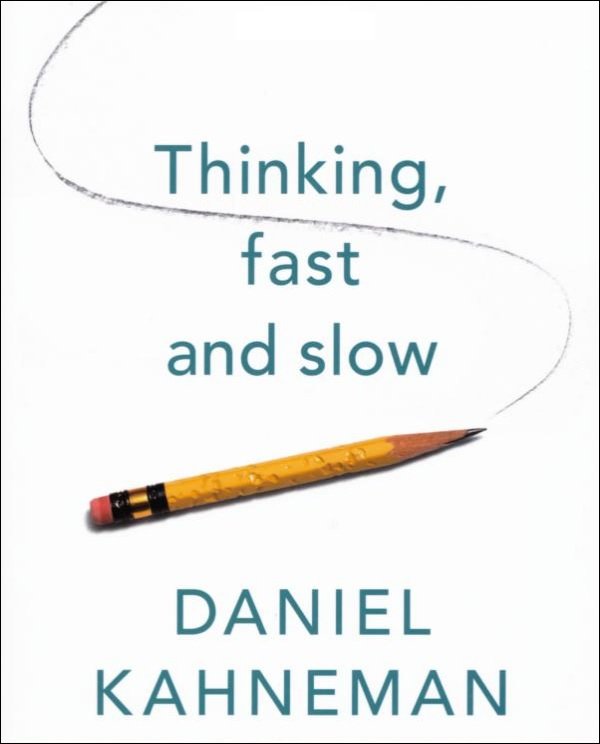The pipeline will contain a variety of projects, some short-term and others long-term, but all involving a greater or lesser degree of innovation and hence of uncertainty.
This may be not only on the technical side, regarding what can be achieved, but also on issues, such as manufacturability, the size of the market, what balance of features will appeal to customers and so on. In the early stages of more innovative and hence longer-term projects these uncertainties may be largely unresolved and yet decisions must be made.
Valuation
The first issue in pipeline management is how to estimate the likely profitability of each project and the investment required. This will include resource not only in the design but also in the other parts of the organisation needed to bring the product to market. This is the Valuation problem.
When projects are near to commercialisation managers must expect a financially-based valuation. But earlier on the information required for this may be unreliable or unavailable and choices must be made on other grounds, for example using multi-factor scoring methods.
Portfolio mix
The second issue is to decide what mix of projects is required to meet the long-term and short-term needs of the organisation. This may involve choosing, for example, a mix of long and short term or low and high risk projects, as well balancing the needs of different market sectors or parts of the business. This is the Portfolio problem. People often talk of achieving portfolio “balance” but a better word is “compromise” because the portfolio is bound to be different from what one would obtain from merely selecting projects in order of their expected value. How can this be done rationally?
Management
Finally, as projects proceed they may turn out better or worse than hoped so managers must be ready to review them, change course or possibly cancel them.
This is the Management problem. It also includes the issues of how best to assemble and visualise the information, some of it factual some of it intuitive, on which decisions will be based; and the best way (is there one?) to handle the cancellation of projects that people may have worked on enthusiastically for a long time.
For many organisations successful management of the R&D pipeline is key to longer term success. For sectors where the R&D process is expensive, the timeline is long and project attrition is high, management of the pipeline is critical.
Best practice
Within this theme ‘Managing the R&D Pipeline’ we will present some examples of what we consider to be useful tools and examples of good practice and also some of the papers written about this subject that provide useful insights. We hope this will be a starting point for useful discussions and would welcome your contributions, through the contact form.
















